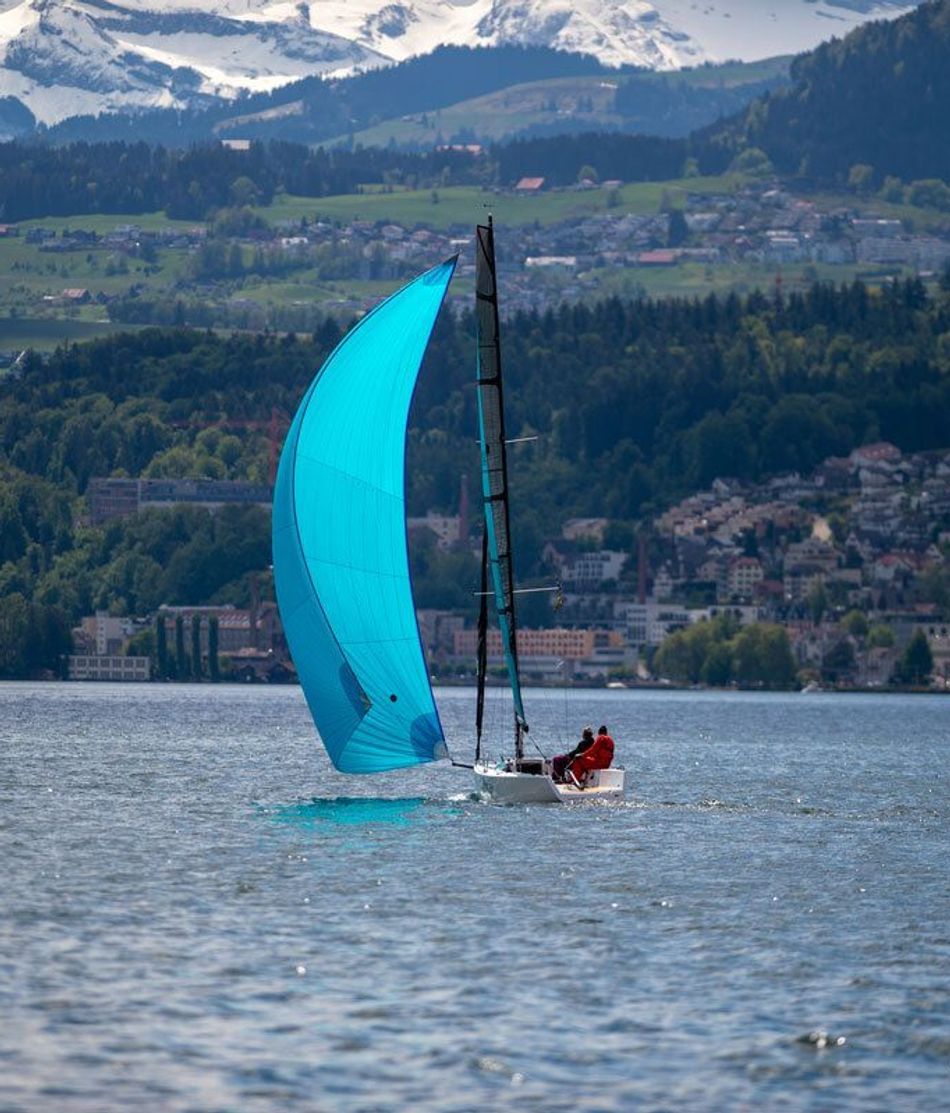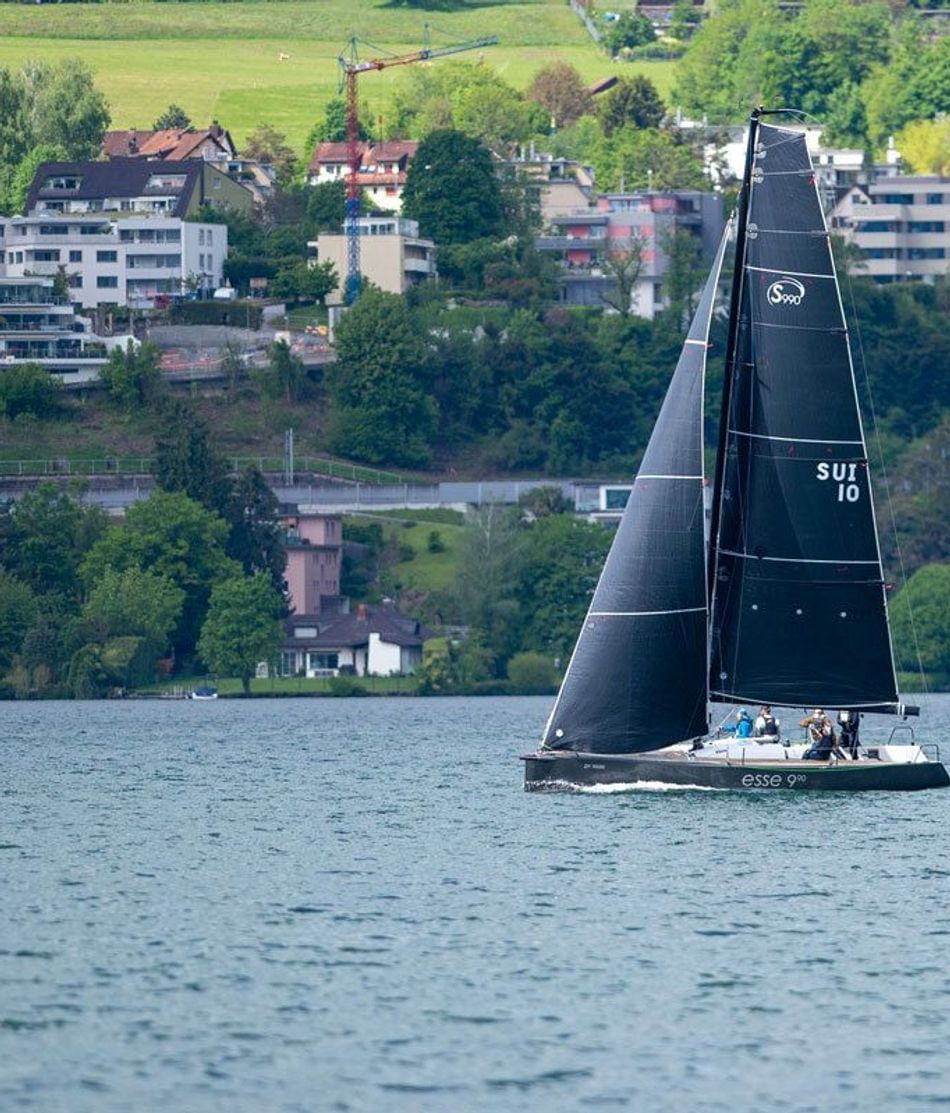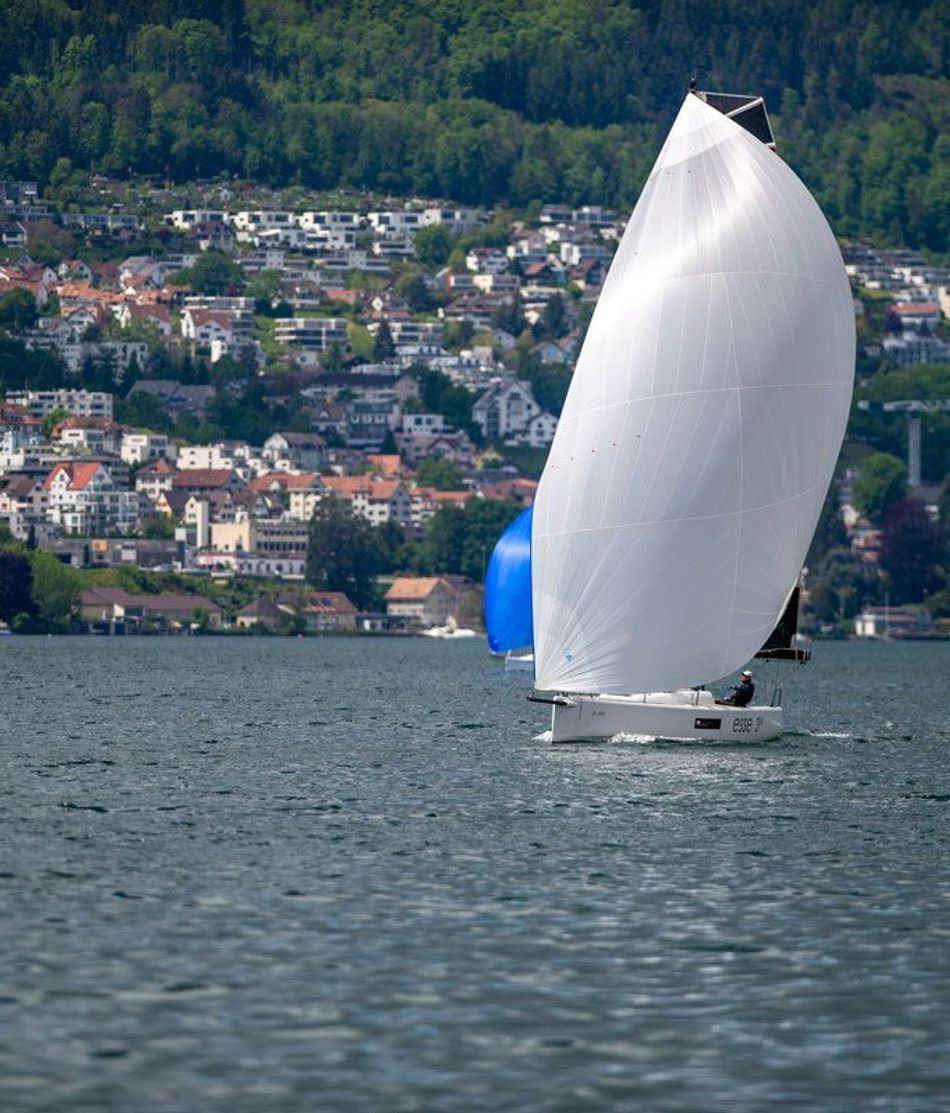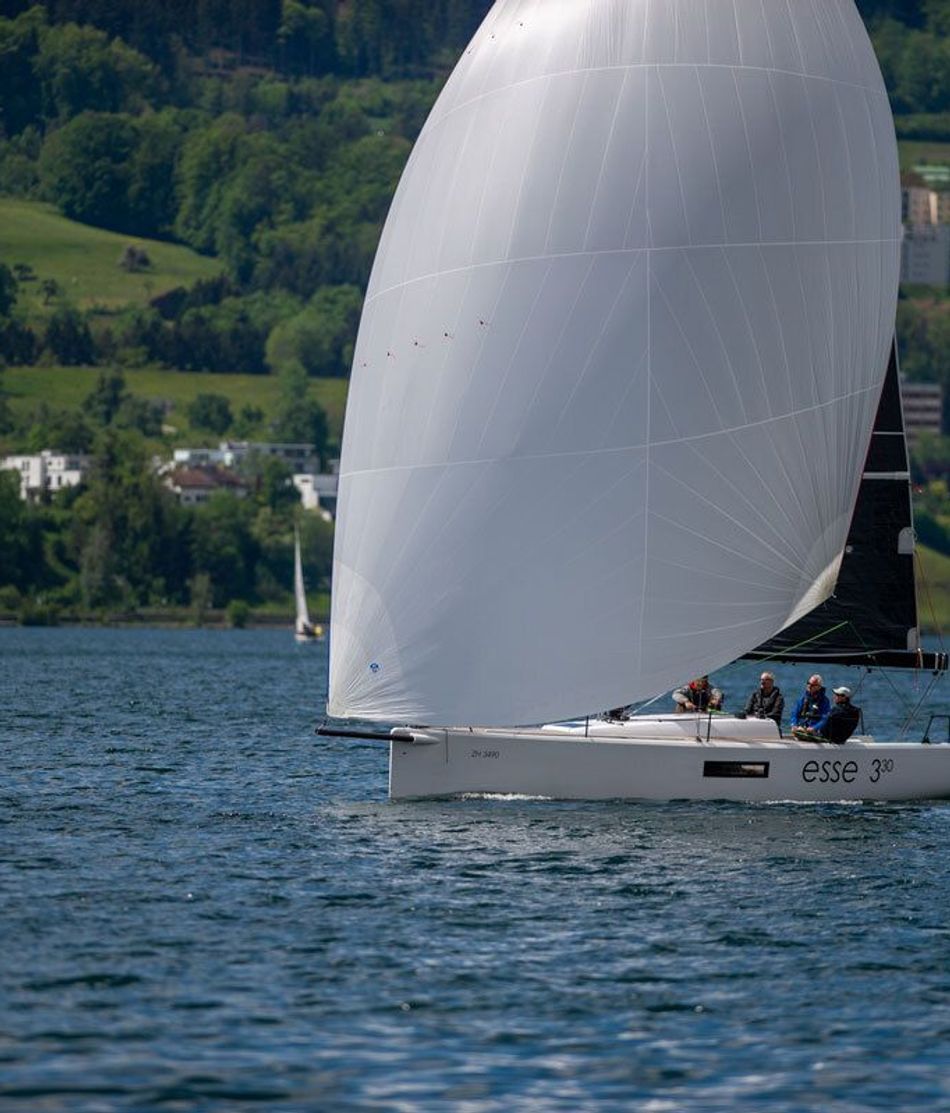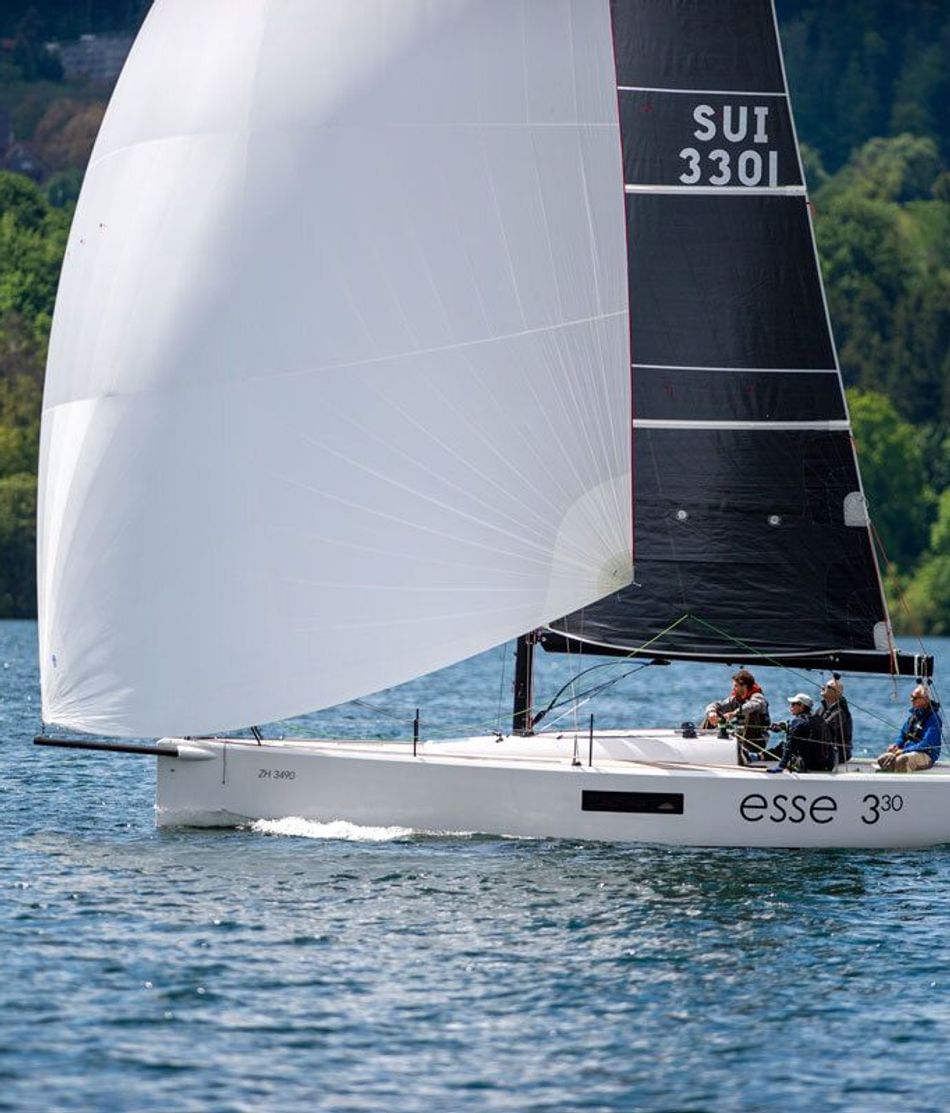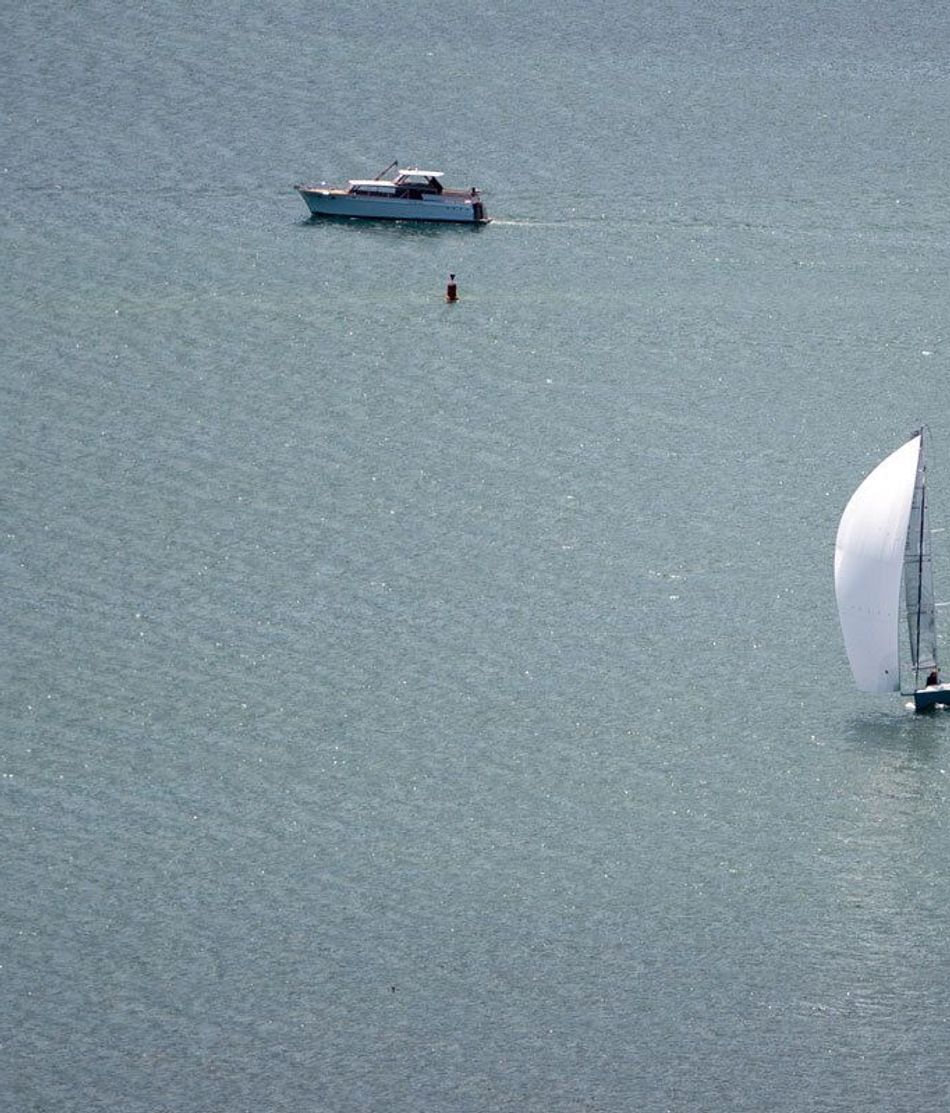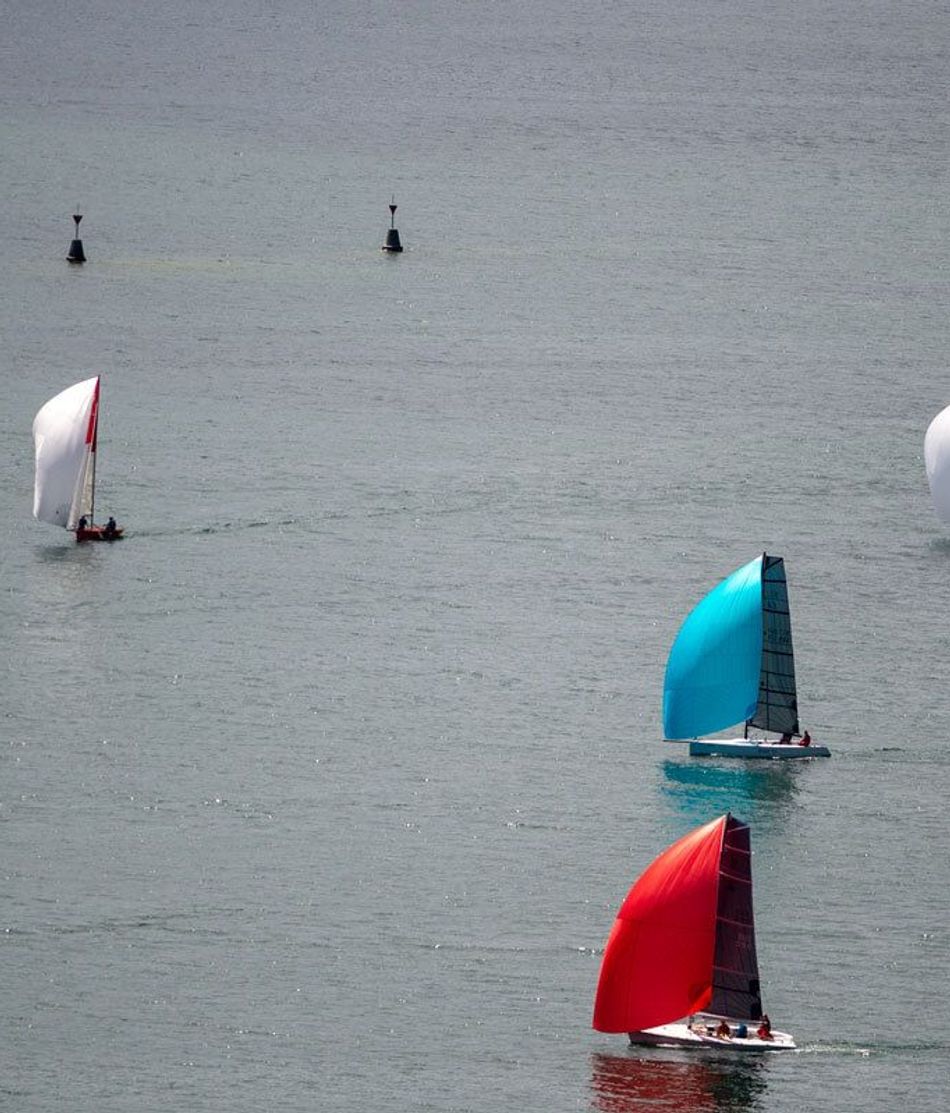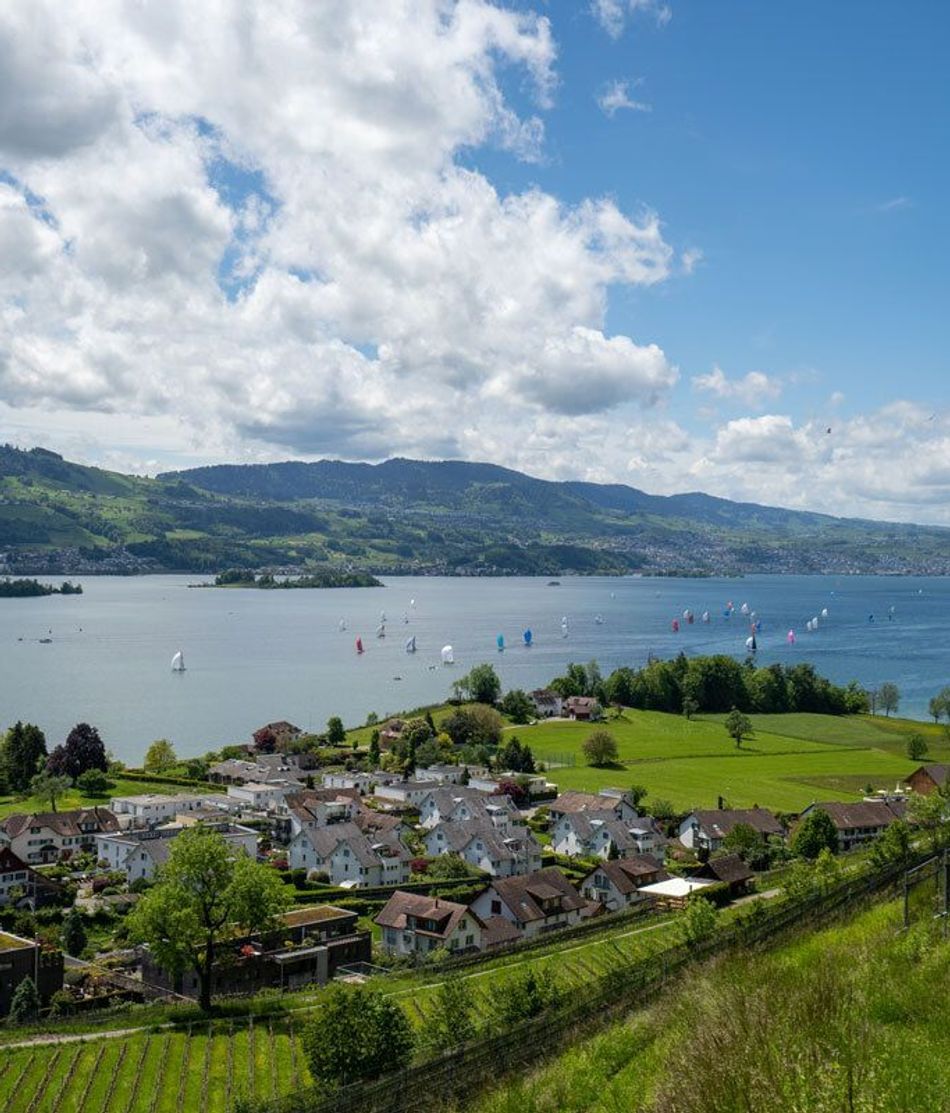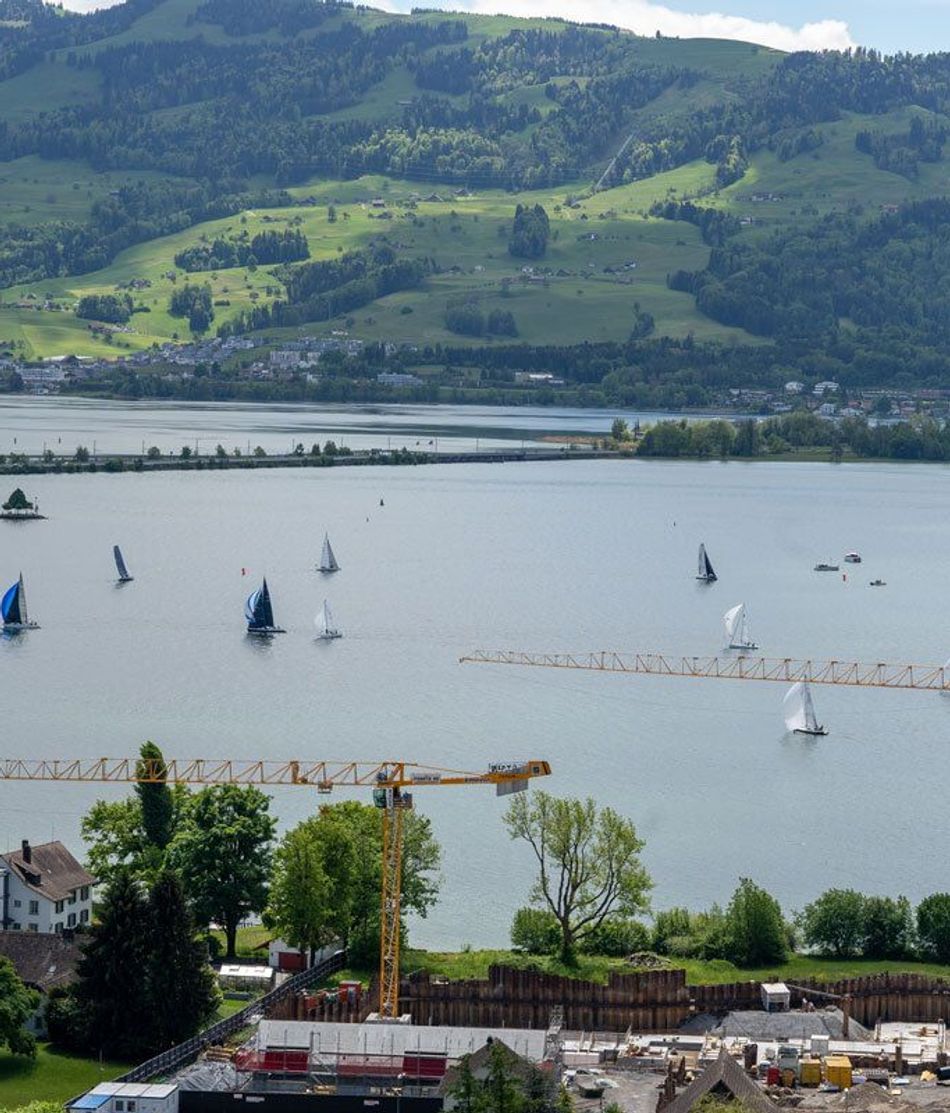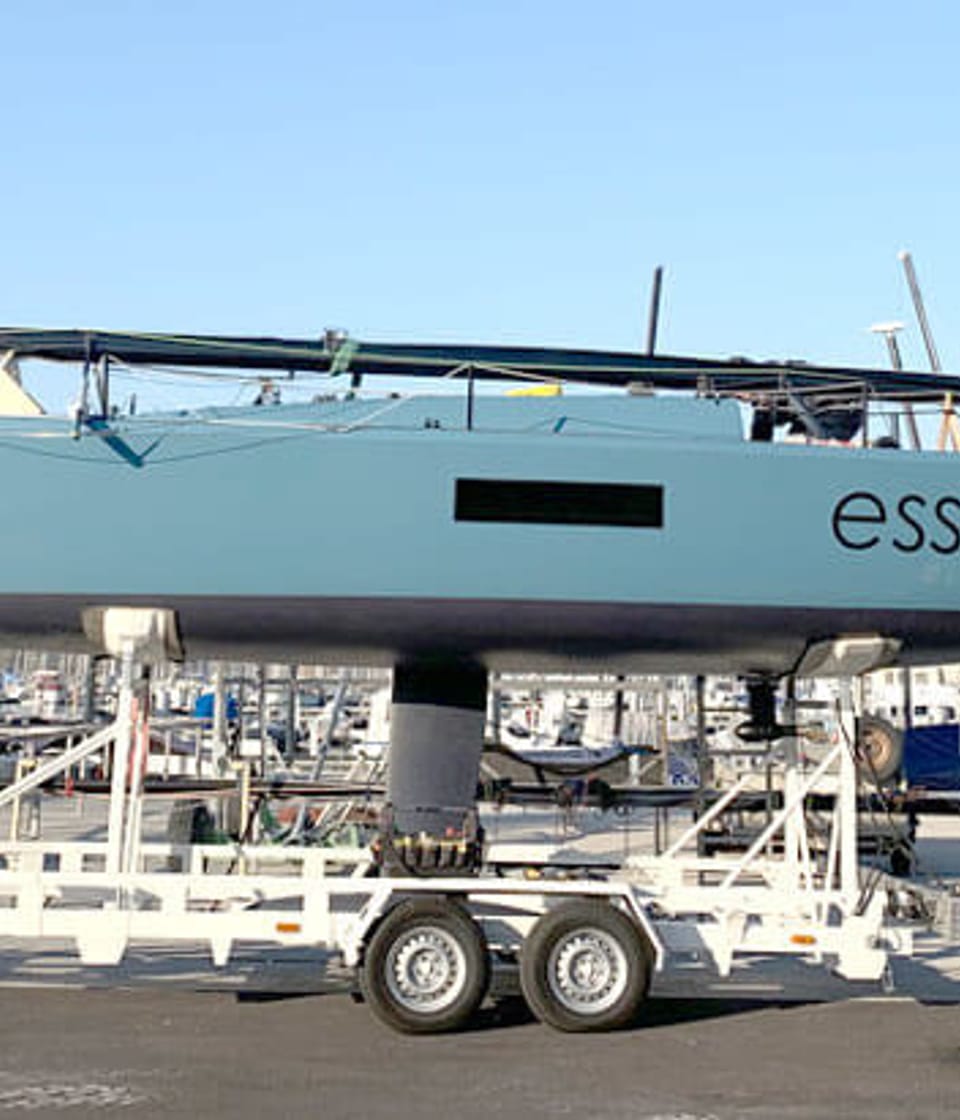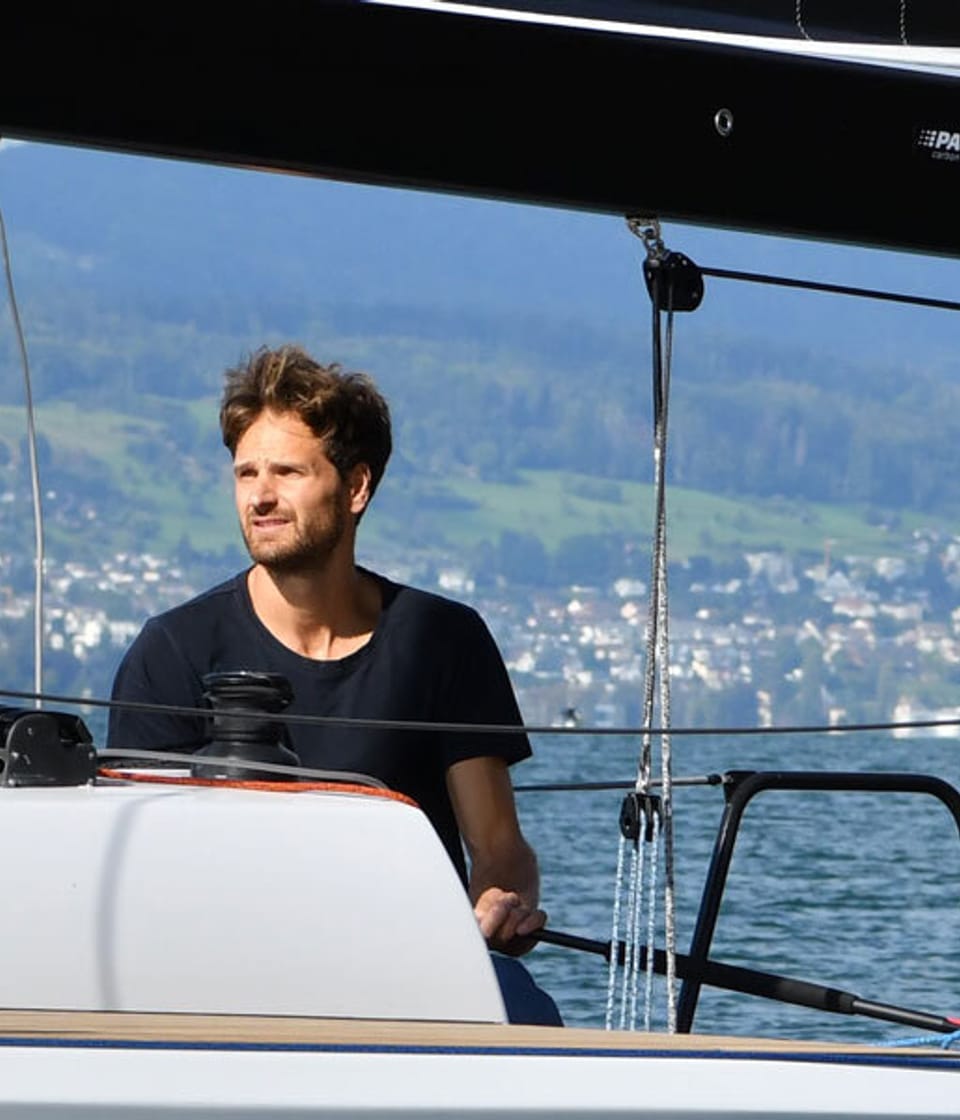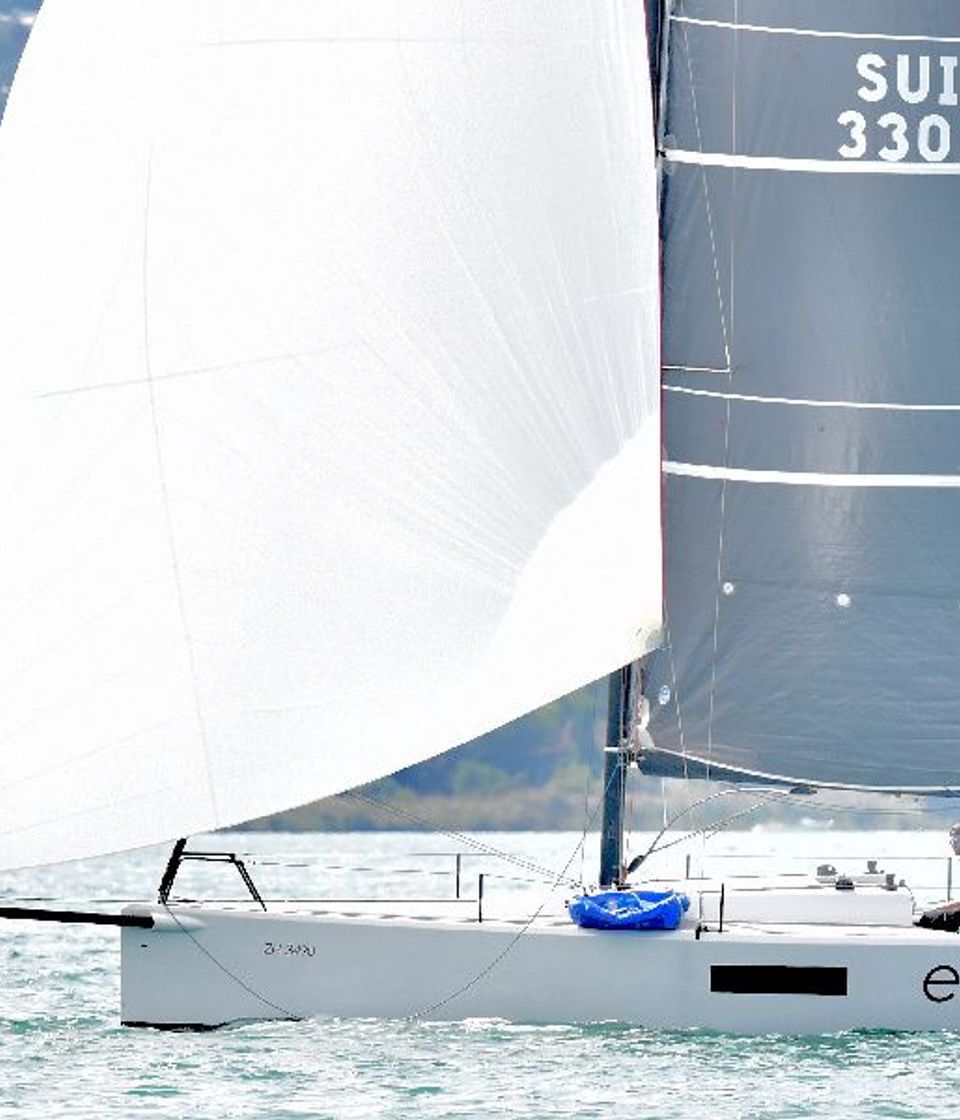Esseboats – Perfect Regatta Sailboats
17. June 2021
Jan Bachmann recently won the "Pfingst-Regatta" on Lake Zurich with his Esse 850. Congratulations!
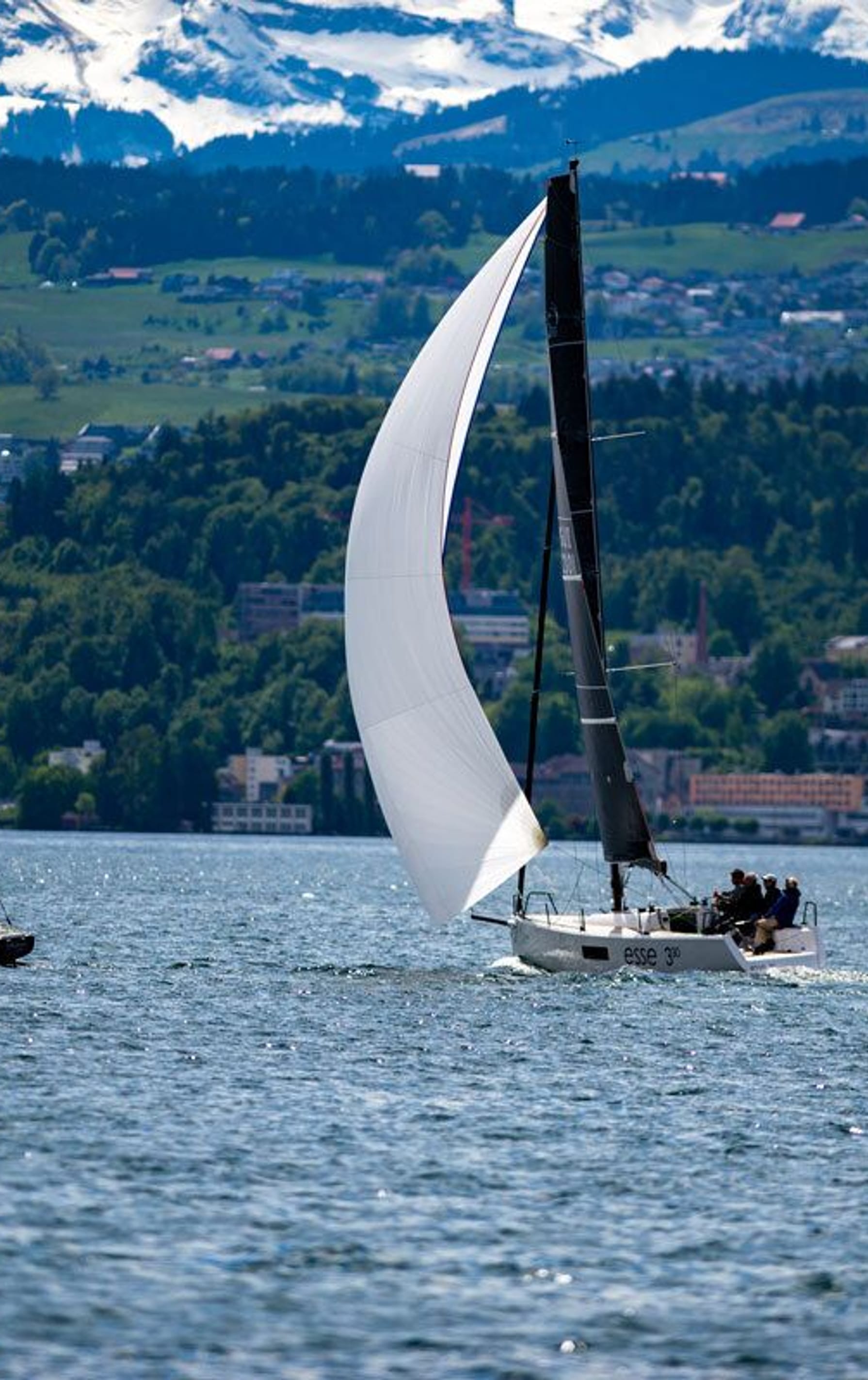
We have put together the best pictures for you.
But is it enough to simply have a "fast sailing boat" for a regatta? Or are special characteristics besides speed crucial? How important is the crew? We asked Esseboats CEO Josef Schuchter:
What distinguishes a sailboat for regattas?
Good regatta boats are generally versatile in a wide range of wind conditions, are stable in strong winds, but also get up to speed in light winds. Extreme racing yachts are designed for certain conditions and only come into their own in strong winds, for example.
The sailing boats from Esseboats cover a very broad spectrum here and are fast, whatever the conditions. The Esse 850 in particular is still one of the fastest conventional boats, even 17 years after its launch. A good regatta boat is also characterised by fault tolerance, which means that even an average sailor can sail far ahead. We see time and again that even beginners develop into successful sailors with an Esse. In addition, the combination of a high weight in the keel and the light shell gives the boat a very low centre of gravity, which keeps the boat upright and can perfectly convert the pressure of the wind into speed. So the design of the boat takes a lot of work off the crew.
What should I look for when buying a racing sailboat?
Of course, this depends entirely on the needs of the individual sailor. Sporadic regatta sailors are better served with a universal regatta boat. More serious regatta sailors tend to look at a "one-design class boat", of which there are many boats on the market with correspondingly internationally active class organisations, which more often organise so-called "one-design regattas". Esse sailing yachts offer good quality and corresponding longevity in terms of their construction, which is another thing I would look for. The very first Esse 850, boat no. 1, i.e. the prototype, is still being actively sailed and can still win regattas.
Can I also rent a regatta yacht?
We don't rent systematically, but we have also chartered out sailing boats to crews from overseas for larger events. It certainly makes a lot of sense to share a regatta boat. Such a community of owners not only has the advantage of being able to share the effort and responsibility, you also potentially have a well-rehearsed crew. In addition, the boat is used more. Apart from that, it is of course important that the racer is familiar with the regatta boat.
What price segment are regatta boats in?
Excluding dinghies, the basic price of a standard regatta boat starts at around CHF 60,000 to 70,000. Sailing-ready Esseboats with their high-end carbon construction are available from CHF 90,000 with a correspondingly higher level of quality. These are approximate prices and of course depend on the type and options chosen.
What does the perfect regatta crew look like?
A regatta crew has to fulfil all the requirements that are otherwise placed on a team. Often there are colleagues who have known each other for a long time and have often sailed together since their youth, e.g. in a sailing club. Ideally, a sailing crew should consist of two to four people who are like-minded and complement each other. Different approaches and skills are definitely helpful: one person may be good at navigation, while good physical fitness is certainly an advantage at the helm. Harmony is important. Nevertheless, strong character traits are desirable so that the strategy is not changed immediately with every wind change.
Which Esse sailboat is best suited for regattas? And why?
Due to Corona, all regatta classes were unfortunately slowed down somewhat, as the events did not take place. The Esse 850 class is certainly the most active at the moment, so it offers the most opportunities for regattas.
This year, the Swiss Championship and the regatta on Lake Garda are taking place normally - and we hope that the situation will return to normal next year. People are hungry to sail regattas again. We are currently selling a lot of Esse 850 LE, it is conceivable that a class of its own will also be formed there in the foreseeable future.
As a long-time regatta sailor, what tips do you have for regatta newcomers?
Preparation is everything: arrive in the sporting area early, check the whole boat to make sure everything is in order - sails, sheets, all functional parts before the regatta. Get to know the special characteristics of the area (shallows, beforehand: study local wind conditions and currents and wind forecasts). Good fitness is certainly an advantage, so don't necessarily party until 3 o'clock in the morning. Then you can go to the regatta relaxed.
I myself don't have a great affinity for a lot of electronics, but often just sail with the compass and from the feeling that comes with experience. For "up and down races" in a small field of 2 - 4 km, this is completely sufficient. Of course, at a long-distance regatta such as the Bol d'Or, GPS and other aids are desirable, if only to know where the competitors are. But this is clearly a matter of preference. And finally: sail fast and see if you can cross the finish line first... - good luck!
